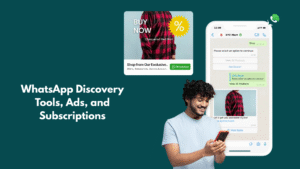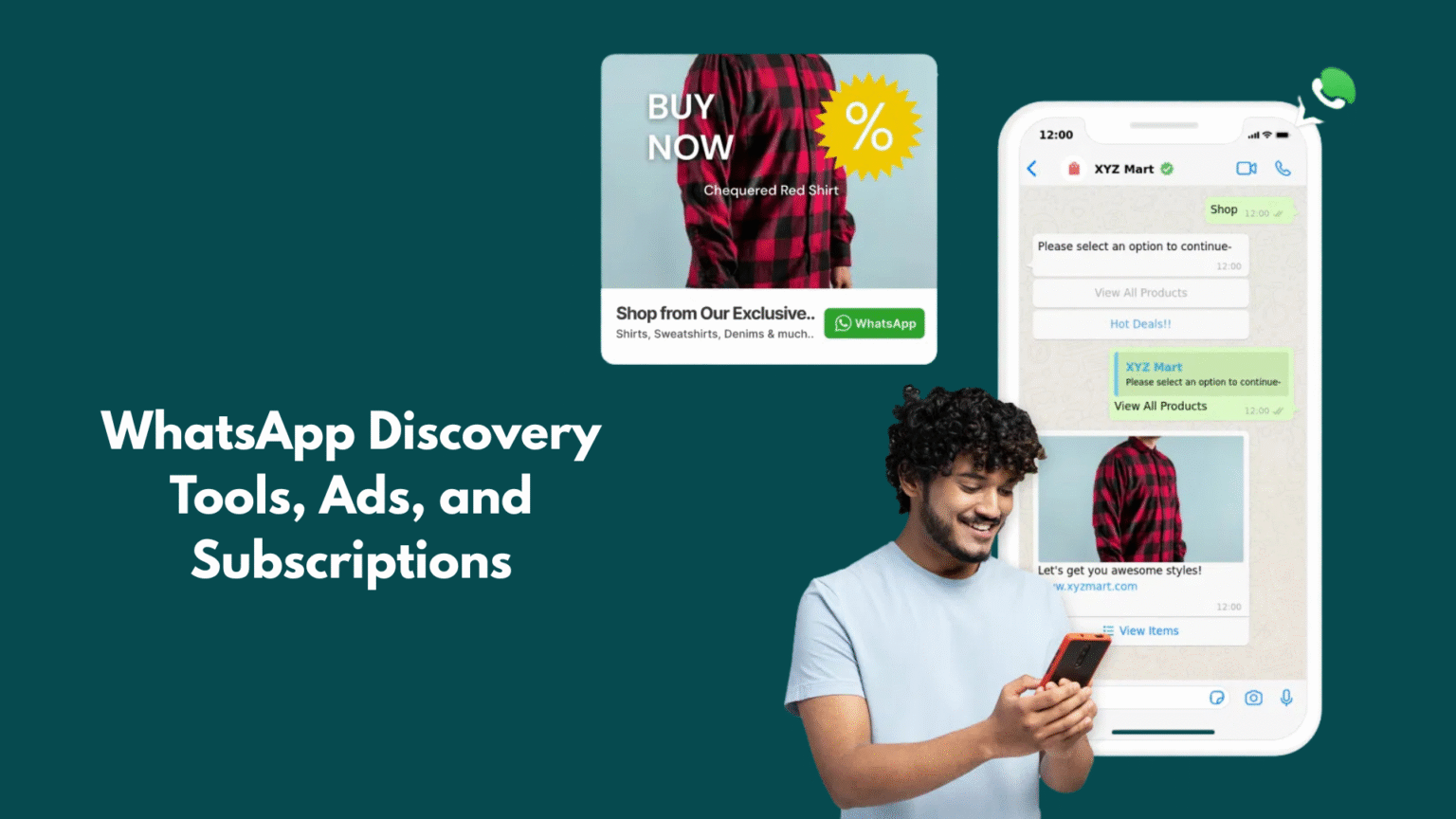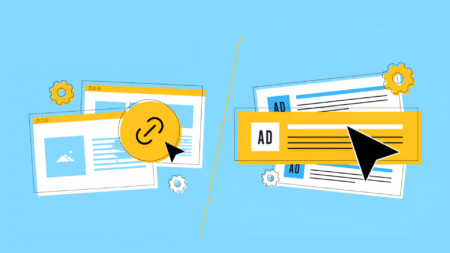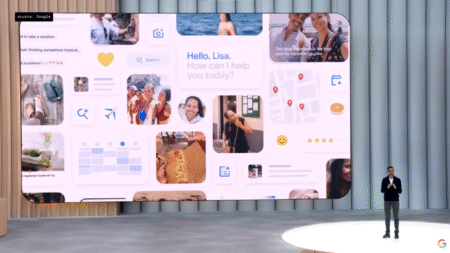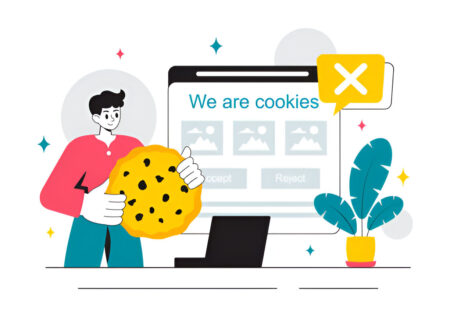Meta’s WhatsApp has taken a bold step in 2025 by introducing discovery tools, ads, and subscription models, marking a significant transformation in how the platform serves both users and businesses.
This strategic pivot aims to unlock new revenue streams while maintaining user privacy and experience. With over 1.5 billion daily users globally, WhatsApp’s new features promise to reshape digital communication and commerce.
In this article, we break down these updates, analyze their impact, and provide actionable insights for businesses, marketers, and users looking to navigate this evolving landscape.
Breaking Down WhatsApp New Features

Discovery Tools: Connecting Users and Businesses
WhatsApp’s new discovery tools focus on enhancing user engagement by enabling easier access to business channels and status updates. These tools include:
Channels and Status-Based Discovery: Users can now explore promoted business channels and updates in the “Updates” tab, similar to Instagram Stories but tailored for WhatsApp’s ecosystem.
Benefits for Niche Audiences and Local Businesses: This feature helps small and medium enterprises target specific communities and interest groups, fostering direct engagement.
Privacy Controls and Customization: Meta ensures that ads and subscriptions appear only in the Updates tab, keeping personal chats ad-free and encrypted, addressing privacy concerns.
WhatsApp Ads: Targeting and Placement Strategies
WhatsApp introduces targeted advertising formats designed to blend seamlessly with user experience:
Ad Formats: Includes “Status ads” within the Updates tab and “Click-to-WhatsApp” ads that redirect users from Facebook or Instagram to WhatsApp chats with businesses.
Audience Targeting: Leveraging Meta’s AI and first-party data, advertisers can deliver personalized ads with higher conversion potential.
Comparison with Instagram/Facebook Ads: WhatsApp ads offer direct, conversational engagement, often resulting in lower customer acquisition costs (CAC) compared to traditional social media ads.
Subscriptions: Monetizing Channels
WhatsApp’s subscription model allows creators and businesses to offer exclusive content:
Pricing Tiers and Content Models: Channels can set subscription fees, providing premium updates or services to paying users.
Case Study: Early adopters in media and news sectors have reported increased revenue streams by offering exclusive insights and updates.
Managing Subscriber Expectations: Balancing free content with subscription perks is critical to maintaining audience trust and growth.
Impact Analysis: Opportunities and Challenges

For Businesses
Pros:
- Lower customer acquisition costs through direct engagement.
- Enhanced brand visibility via promoted channels and status ads.
Cons:
Potential ad fatigue among users.
Challenges in moderating content and maintaining compliance with privacy laws
For Users
Enhanced Discovery vs. Privacy Concerns:
Users gain access to more relevant business content but may worry about data usage and ad targeting. Meta’s approach to confining ads to the Updates tab helps mitigate intrusive experiences.
Ad-Blocking and Sentiment Trends:
Some users may seek ad-blocking solutions, but WhatsApp’s careful placement aims to balance monetization with user satisfaction.
For Marketers
Omnichannel Integration:
WhatsApp ads can be integrated into broader marketing funnels, complementing Facebook and Instagram campaigns.
Budget Allocation Tips:
Marketers should test the ROI of WhatsApp ads versus subscriptions and adjust spend accordingly to optimize conversions
SEO and Content Strategy for WhatsApp Updates
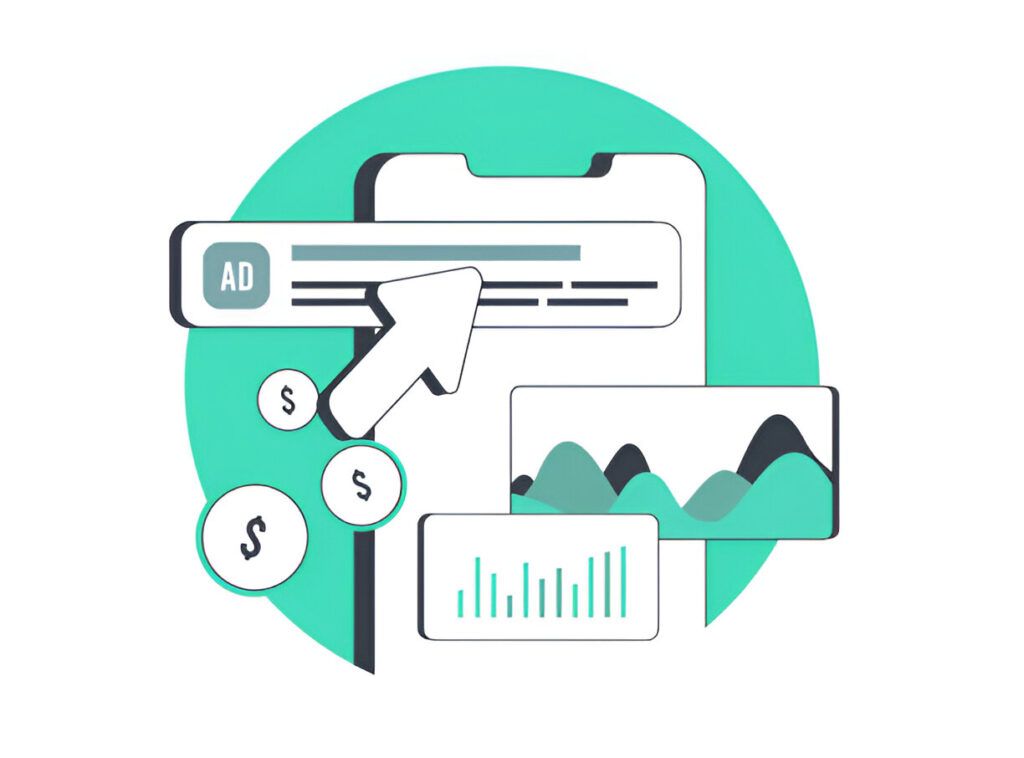
Keyword Clusters to Target
Primary Keywords:
“WhatsApp ads 2025,” “WhatsApp channel subscriptions,” “WhatsApp discovery tools.”Semantic Keywords:
“Meta monetization strategy,” “privacy-focused advertising,” “WhatsApp business marketing.”
EEAT Optimization Tactics
Expertise:
Incorporate insights from digital marketing experts and official Meta press releases.Authority:
Reference trusted sources such as TechCrunch, official WhatsApp Business documentation, and Meta’s quarterly reports.Trustworthiness:
Transparently cite data sources and maintain factual accuracy to build reader confidence.
Content Gaps to Exploit
Provide step-by-step guides for setting up WhatsApp ads and subscriptions.
Offer A/B testing strategies tailored to WhatsApp’s ad formats.
Present comparative analyses, e.g., “WhatsApp vs. Telegram: Which platform rewards creators better?”
Future Trends and Predictions
AI-Driven Personalization:
Expect more sophisticated ad targeting and discovery algorithms powered by AI to enhance user relevance.
Metaverse Integration:
Potential future incorporation of WhatsApp features into Meta’s metaverse ecosystem could open new interactive marketing channels.
Regulatory Challenges:
Anticipate stricter data privacy regulations in regions like the EU and India, influencing how WhatsApp monetizes its platform.
Conclusion: Key Takeaways
WhatsApp’s introduction of discovery tools, ads, and subscriptions in 2025 represents a pivotal moment for the platform’s evolution. Businesses and creators now have new avenues for engagement and revenue, while users benefit from enhanced discovery balanced with privacy safeguards.
Actionable Advice:
Audit your WhatsApp marketing strategy today. Consider leveraging status ads and subscriptions to diversify revenue streams. Download our free checklist to optimize your WhatsApp presence and stay ahead of the competition.
FAQs
Ads appear in the Updates tab and include status ads and click-to-chat formats, allowing users to engage directly with businesses.
Currently, ads are confined to the Updates tab, and users cannot opt out but can control privacy settings regarding data sharing.
Pricing varies by channel, with creators setting subscription fees based on content exclusivity and audience demand.

